Oregon stands as a testament to nature’s diversity, packing an astonishing range of landscapes into a single state. From misty coastal headlands to alpine meadows and ancient forests to high desert plateaus, the landscape transforms dramatically as you cross its varied regions. The state’s commitment to public land access means these natural wonders remain remarkably accessible.
Here is a list of 15 spectacular natural areas that showcase Oregon’s remarkable ecological diversity.
Crater Lake National Park

The nation’s deepest lake fills the collapsed caldera of ancient Mount Mazama, creating a perfect circle of startlingly blue water surrounded by 2,000-foot cliffs. The water clarity approaches theoretical limits, with visibility often exceeding 100 feet deep.
Wizard Island, a cinder cone that rose from the lake floor after the caldera formed, creates a distinctive silhouette against the sapphire waters. The 33-mile Rim Drive provides access to numerous viewpoints around the crater’s edge, while the more adventurous can hike down the steep trail to the lakeshore, where summer boat tours depart for close-up exploration.
Columbia River Gorge

This 80-mile canyon carved by the Columbia River separates Oregon from Washington state while hosting dozens of waterfalls plunging from basalt cliffs. Multnomah Falls serves as the showpiece—its two-tiered 620-foot drop makes it the tallest waterfall in Oregon and one of the most photographed natural features in the Northwest.
The historic Columbia River Highway provides access to numerous shorter falls, while extensive trail networks lead to lesser-known cascades deeper in the forest. The eastern gorge transitions dramatically to arid landscapes where windsurfers harness the gorge’s infamously consistent winds.
Like Travel Pug’s content? Follow us on MSN.
Smith Rock State Park
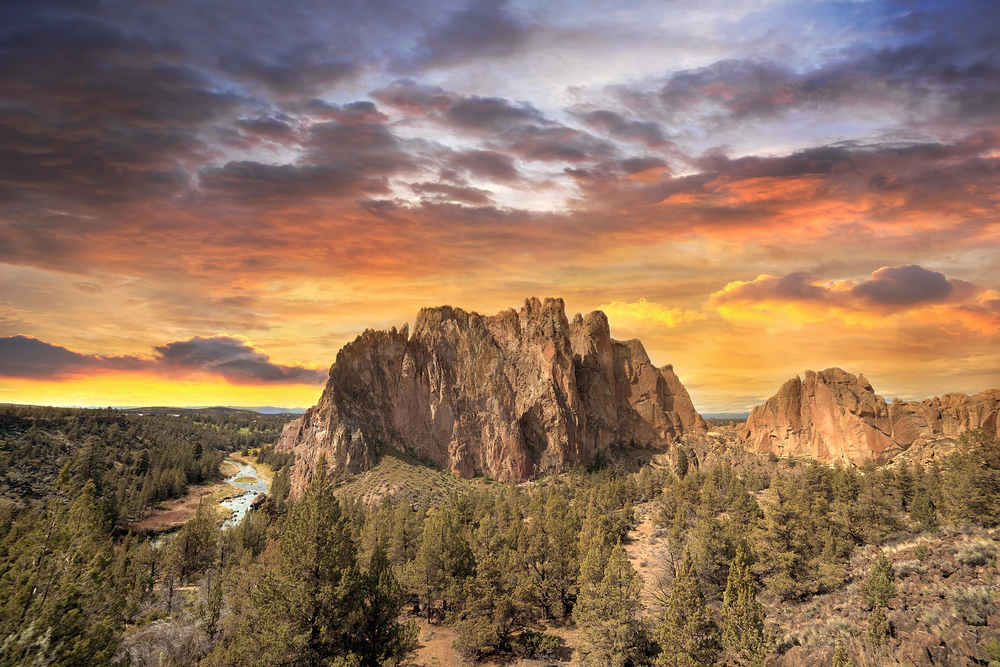
Rising dramatically from Oregon’s high desert floor, Smith Rock’s tuff and basalt cliffs attract climbers from around the world to test themselves on routes ranging from beginner to expert. The Crooked River loops around the base of the formation, creating a striking contrast between the rusty-orange rock walls and the blue-green water.
The park’s microclimate supports unique plant communities adapted to the harsh conditions, including western juniper trees that may live over 1,000 years. Golden eagles nest on inaccessible ledges, occasionally thrilling observers with dramatic hunting dives.
Painted Hills
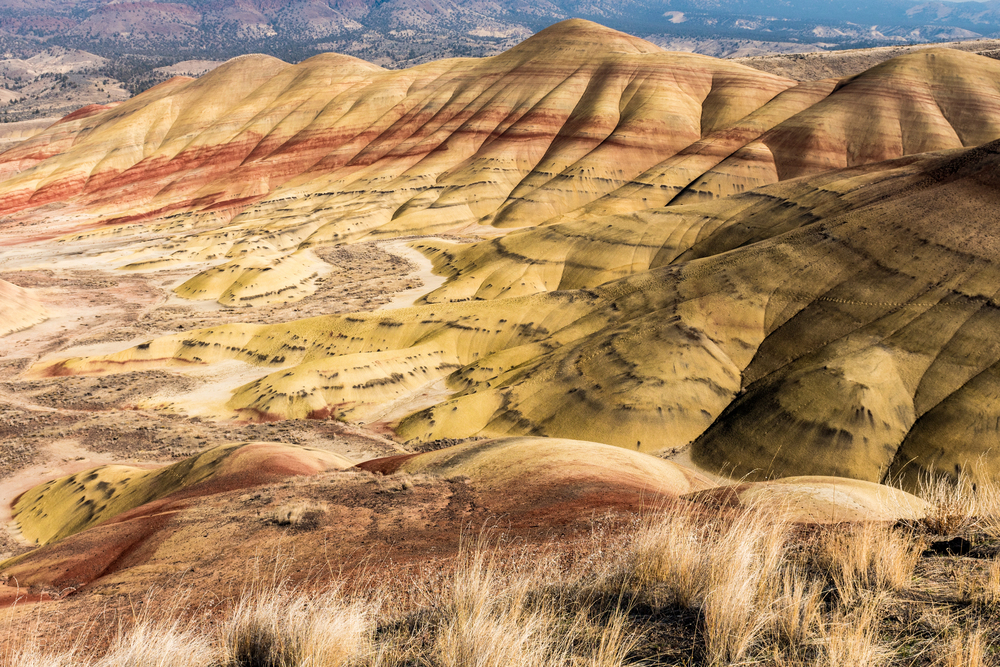
Part of the John Day Fossil Beds National Monument, these multicolored hills display bands of red, gold, black, and tan that record millions of years of changing climate conditions. The layers represent different geological eras—from ancient jungle environments to volcanic periods—creating a visual timeline of Earth’s history.
The hills change appearance dramatically with shifting light conditions; the afternoon sun brings out the richest colors, while rain saturates the pigments to their most vivid state. Short interpretive trails wind among the formations, allowing close inspection of these delicate landscapes without damaging their fragile surfaces.
Cannon Beach

This iconic Oregon coast destination features Haystack Rock, a 235-foot sea stack that rises dramatically from the shoreline. During low tide, vibrant tide pools form around its base, revealing starfish, anemones, and other intertidal creatures.
Tufted puffins nest on the rock’s upper sections from spring through summer, delighting wildlife watchers with their colorful beaks and awkward flight patterns. The extensive beach provides habitat for razor clams and sand dollars, while the nearby coastal mountains create an impressive backdrop for sunset photography.
Like Travel Pug’s content? Follow us on MSN.
Mount Hood National Forest
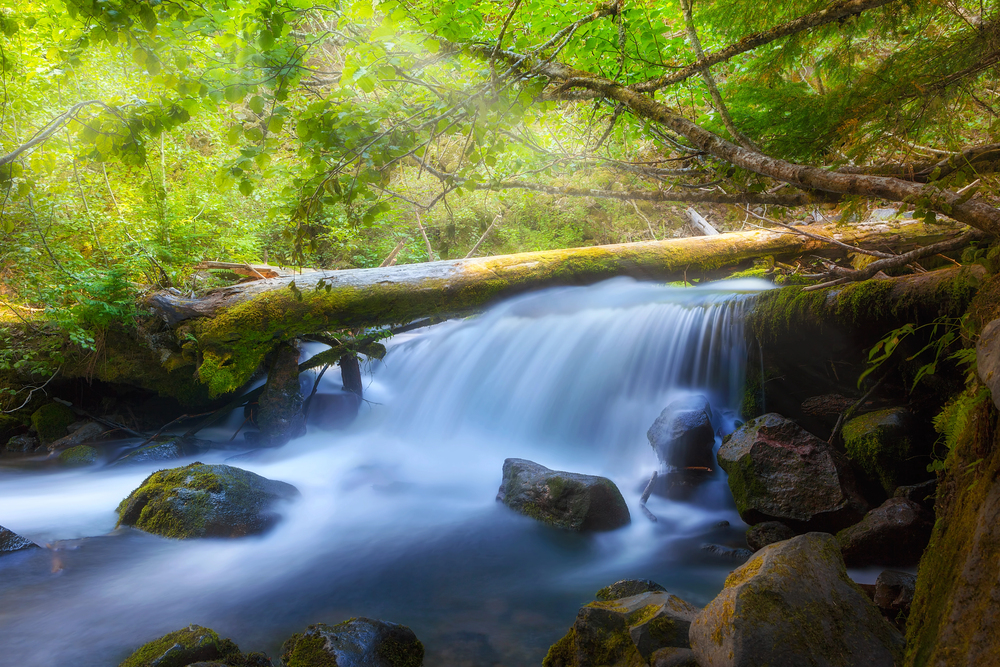
Oregon’s tallest peak anchors a vast wilderness area encompassing alpine meadows, old-growth forests, and crystal-clear lakes. The mountain hosts twelve glaciers that feed headwater streams for several major river systems.
Timberline Lodge, built during the Depression by WPA craftsmen, provides year-round access to the mountain’s south face, where summer skiing continues on Palmer Glacier while wildflowers bloom in adjacent meadows. The Pacific Crest Trail traverses the western slopes, offering through-hikers dramatic views of the peak’s distinctive profile against changing weather patterns.
Alvord Desert
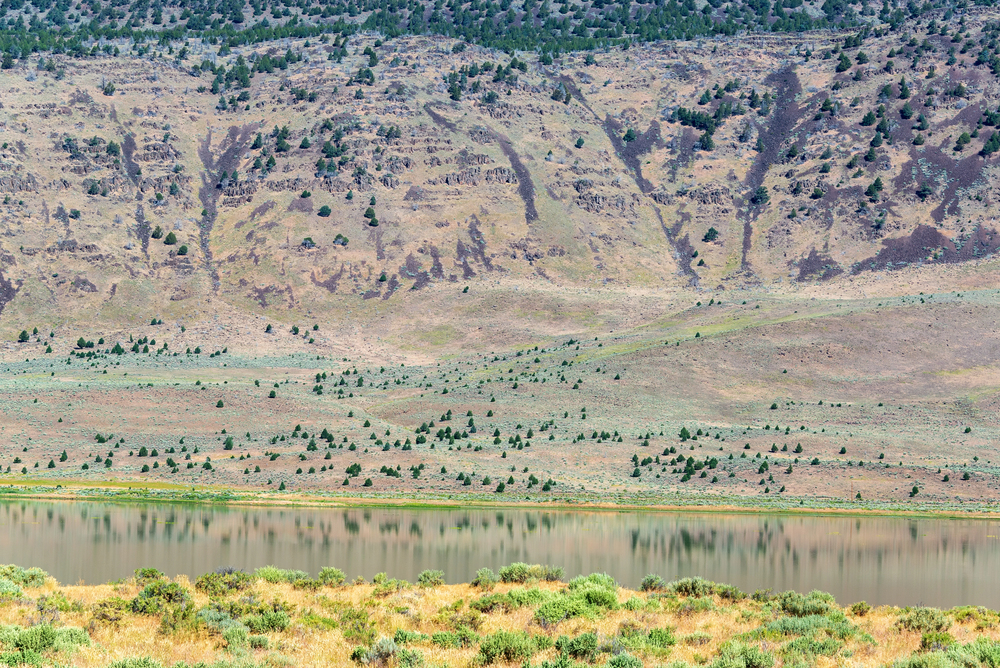
This 12-by-7-mile dried lakebed presents one of Oregon’s most surreal landscapes—a cracked playa surrounded by the steep eastern face of Steens Mountain. During winter months, shallow water sometimes covers portions of the desert, creating a massive mirror that perfectly reflects the sky and distant mountain range.
The extreme isolation—the nearest town lies 25 miles away with minimal services—ensures dark night skies for premier stargazing opportunities. The surrounding region hosts hot springs where naturally heated mineral water emerges at the desert’s edge, creating unexpected oases in this stark environment.
Samuel H. Boardman State Scenic Corridor
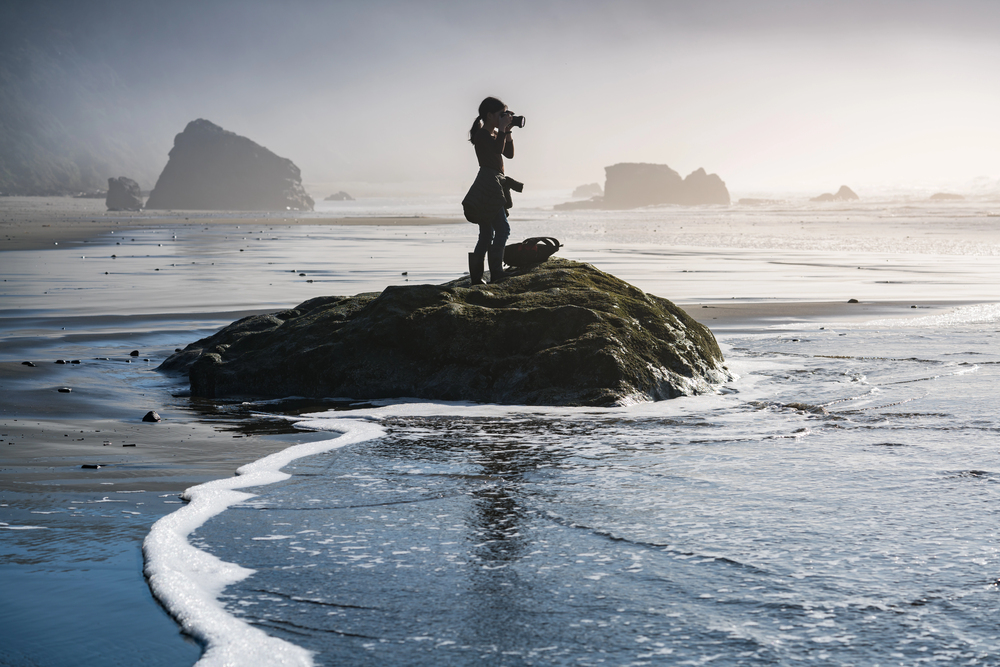
This 12-mile stretch along the southern Oregon coast preserves dramatic headlands, secret beaches, and natural rock arches accessible only to those willing to explore on foot. The coastline alternates between cliffs and protected coves, where offshore sea stacks provide nesting habitat for seabirds.
The entire corridor threads with segments of the Oregon Coast Trail, connecting viewpoints that showcase the meeting of land and sea. Natural history enthusiasts search tide pools for rare species like sunflower stars and gumboot chitons—giant marine mollusks that reach lengths of 13 inches.
Like Travel Pug’s content? Follow us on MSN.
Three Sisters Wilderness
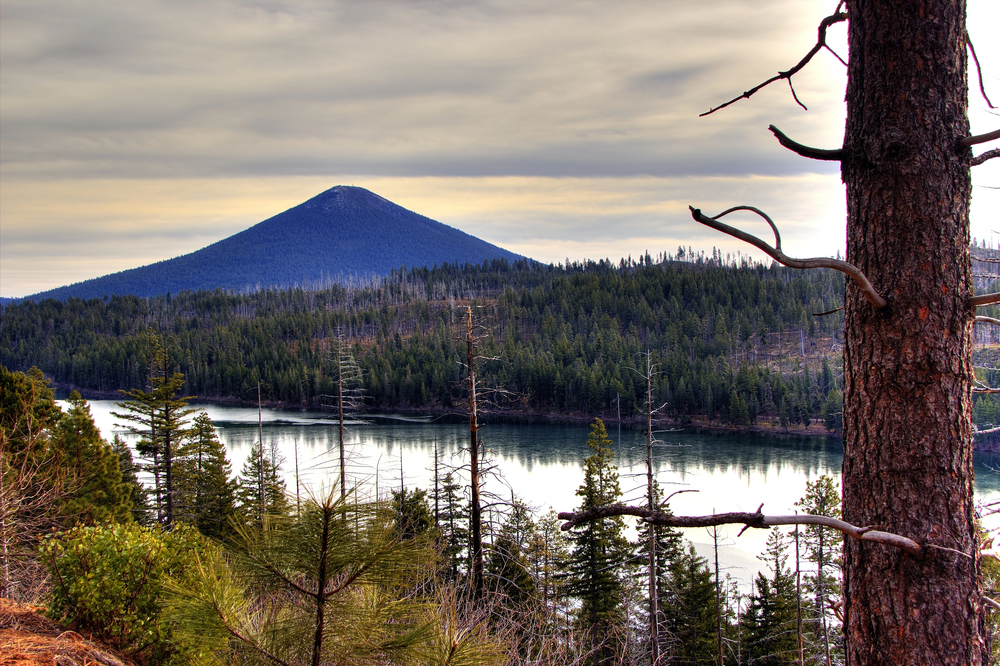
This 281,000-acre wilderness area encompasses three distinct volcanic peaks rising above 10,000 feet, with extensive glaciers feeding alpine lakes and meadow systems. The Pacific Crest Trail traverses the area, bringing long-distance hikers through changing ecosystems as elevations shift.
Green Lakes Basin, nestled between South Sister and Broken Top mountains, hosts pristine turquoise lakes surrounded by pumice flats and twisted whitebark pines. The western slopes feature lush old-growth forests with trees exceeding 600 years in age, while the eastern sections transition to high desert flora adapted to drier conditions.
Newberry National Volcanic Monument
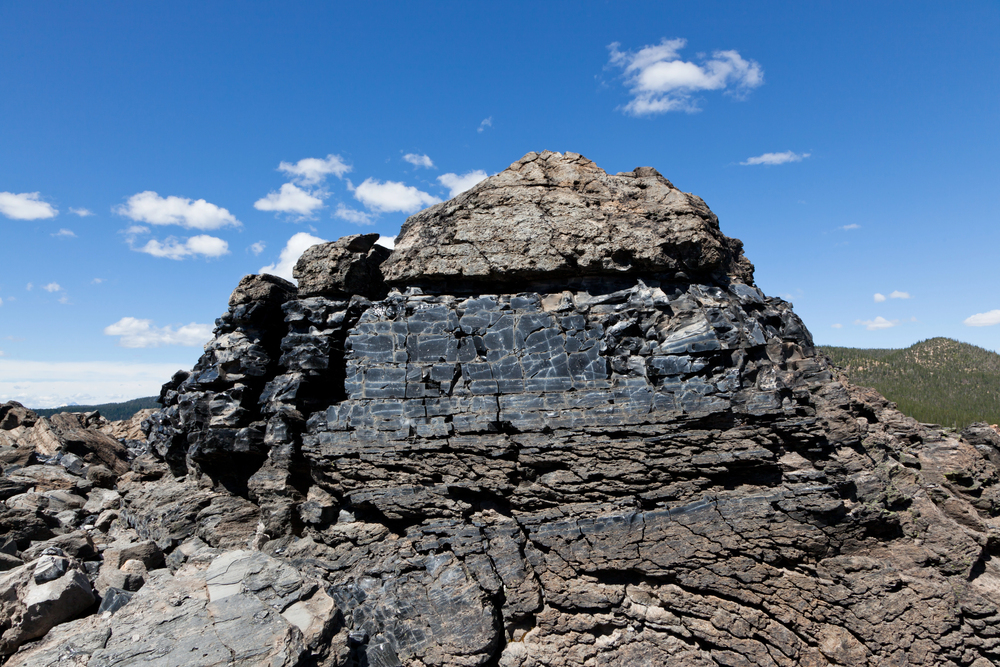
This massive shield volcano contains remarkable features, including Paulina Lake and East Lake—two pristine bodies of water within the summit caldera. The Big Obsidian Flow presents visitors with a stark landscape of volcanic glass dating from an eruption just 1,300 years ago—remarkably recent in geological terms.
Lava River Cave allows exploration of a mile-long lava tube formed when the exterior of a lava flow cooled while the interior continued flowing downstream. The surrounding Newberry Crater contains hundreds of individual volcanic features, including cinder cones, spatter cones, and extensive lava flows.
Owyhee Canyonlands
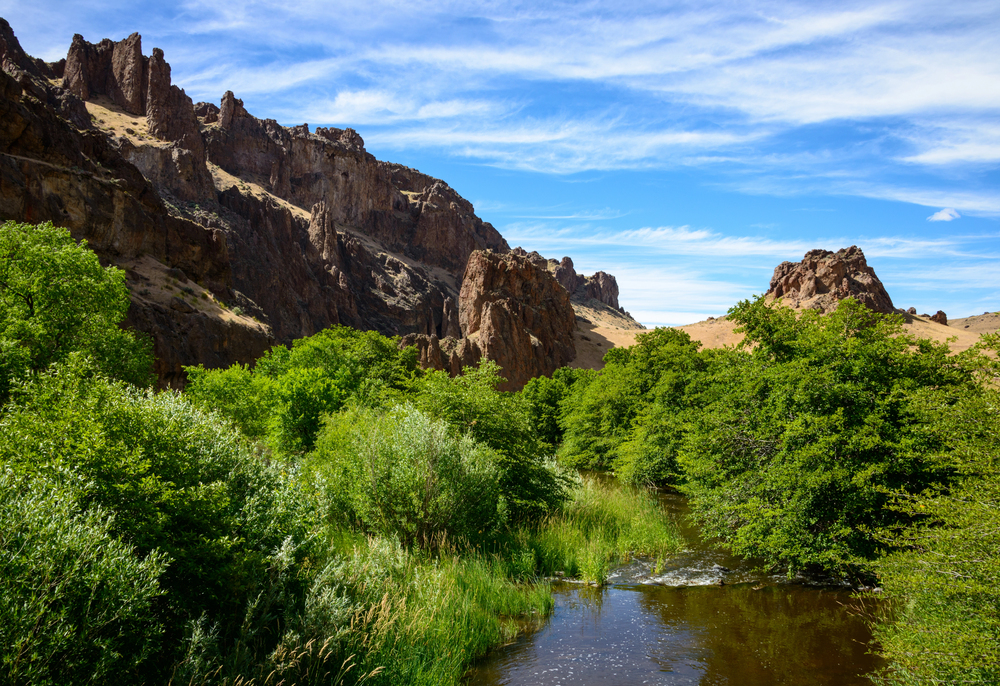
Located in Oregon’s remote southeastern corner, this vast wilderness area contains deep river canyons cutting through colorful rhyolite formations. The landscape resembles parts of the Southwest transplanted to Oregon, with towering spires, honeycombed rock walls, and extensive sagebrush plateaus.
The Owyhee River and its tributaries provide premier wilderness rafting through sections where canyon walls rise over 1,000 feet directly from the water. Ancient cultural sites dating back thousands of years dot the region, with rock art panels and pit house remnants hinting at the area’s long human history.
Like Travel Pug’s content? Follow us on MSN.
Wallowa Mountains
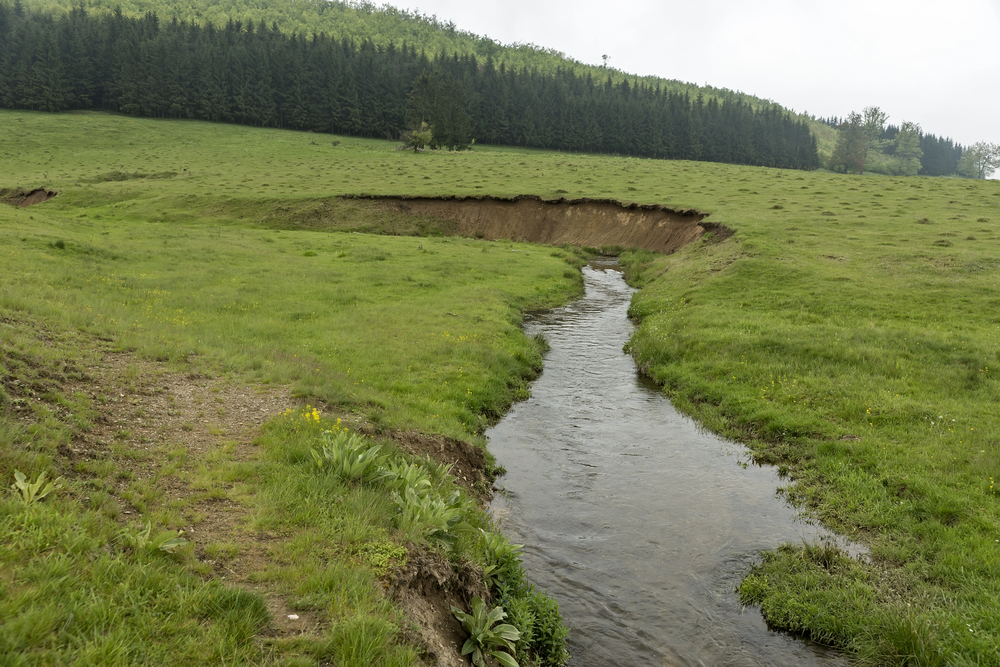
Often called “Oregon’s Alps,” this range features glacially carved valleys, alpine lakes, and dramatic peaks rising to nearly 10,000 feet. Wallowa Lake, formed by moraines from retreating glaciers, provides a striking foreground to the mountain panorama.
The Eagle Cap Wilderness protects the core of the range, where granite peaks harbor mountain goats, black bears, and occasional wolverines. The area’s unique ecological position at the meeting point of several distinct climate zones creates exceptional biodiversity, with plant communities ranging from desert-adapted species to alpine specialists surviving at the limits of vegetation.
Oregon Dunes National Recreation Area
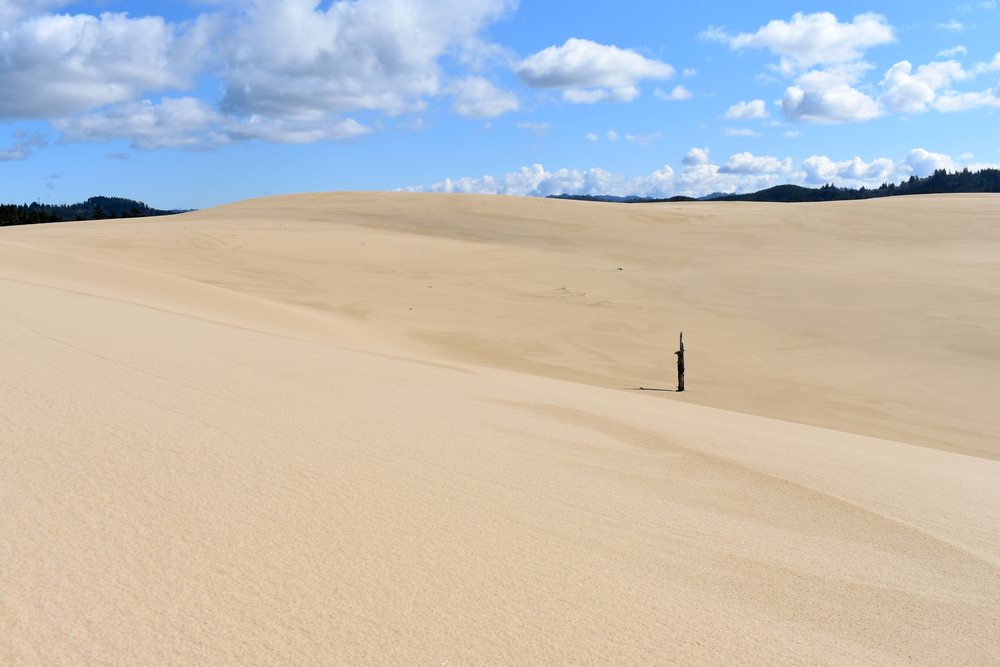
The largest expanse of coastal sand dunes in North America stretches for 40 miles along Oregon’s central coast, with dunes reaching heights of 500 feet. The constantly shifting landscape includes tree islands—forested areas surrounded by sand—creating complex ecosystems where plant succession stages can be observed within short distances.
Freshwater lakes form between dune ridges, providing habitat for waterfowl and amphibians. The interaction between coastal winds and the massive sand deposits creates distinctive formations, including parabolic dunes, oblique ridges, and deflation plains where the water table reaches the surface.
Proxy Falls
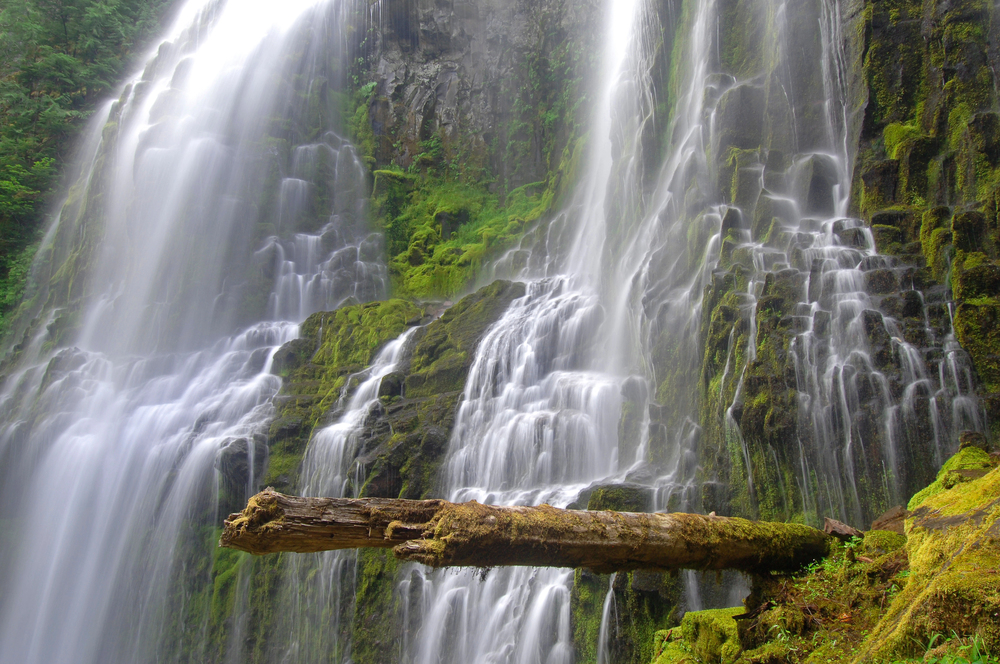
Located in the Three Sisters Wilderness, this extraordinary waterfall splits into multiple channels as it cascades over moss-covered basalt, creating a lacework effect unlike typical plunge-style waterfalls. The surrounding forest features old-growth Douglas fir and western hemlock, with understory plants, including vine maple, that provide spectacular fall color.
The short loop trail to the falls traverses a 1,200-year-old lava flow where pioneer plant species demonstrate forest succession processes. Despite being one of Oregon’s most photographed waterfalls, the site rarely feels crowded due to its location away from major highways.
Like Travel Pug’s content? Follow us on MSN.
Hart Mountain National Antelope Refuge
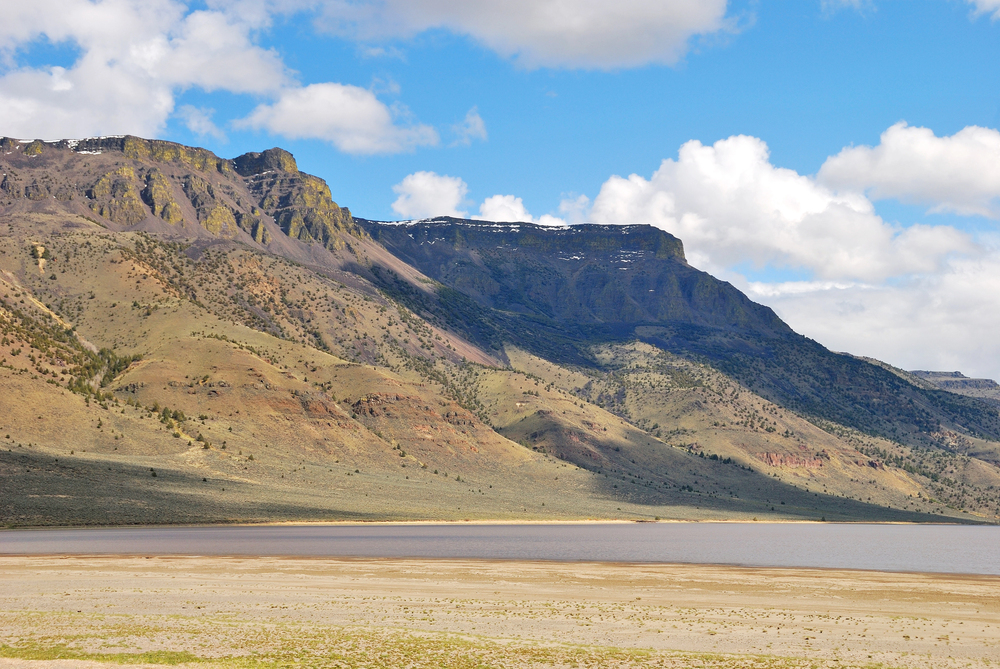
This remote high desert plateau rises dramatically from surrounding basin lands, creating diverse habitats supporting over 300 wildlife species. The refuge protects one of the largest remaining populations of pronghorn antelope in the country, with numbers approaching 1,500 during summer months.
Hot springs emerge along fault zones, creating warm pools within the otherwise harsh landscape. The area supports one of Oregon’s few remaining sage grouse populations, where males perform elaborate courtship displays on traditional breeding grounds each spring. The refuge’s isolation—35 miles from the nearest town—ensures exceptional dark skies for astronomical observation.
Natural Wonders Await

Oregon’s ecological diversity stems from its position at the convergence of multiple geographic provinces combined with dramatic elevation changes from sea level to over 11,000 feet. The state’s commitment to public land access means these extraordinary landscapes remain available to visitors willing to venture beyond familiar destinations.
From family-friendly interpretive trails to challenging wilderness expeditions, Oregon offers natural experiences suited to every level of outdoor comfort and expertise. The changing seasonal conditions create entirely different experiences in the same locations throughout the year, rewarding repeat visits with fresh perspectives on these remarkable landscapes.
More from Travel Pug

- Cities Growing so Fast You Won’t Recognize Them in 10 Years
- 13 Destinations Where Tourists Regularly Regret Their Trip
- 16 U.S. Cities That Are Quietly Becoming Travel Hotspots
- Where to Travel If You Love Long Bus Rides and Daydreams
- 20 Cities Perfect for Solo Travelers Who Crave Adventure & Culture
Like Travel Pug’s content? Follow us on MSN.
